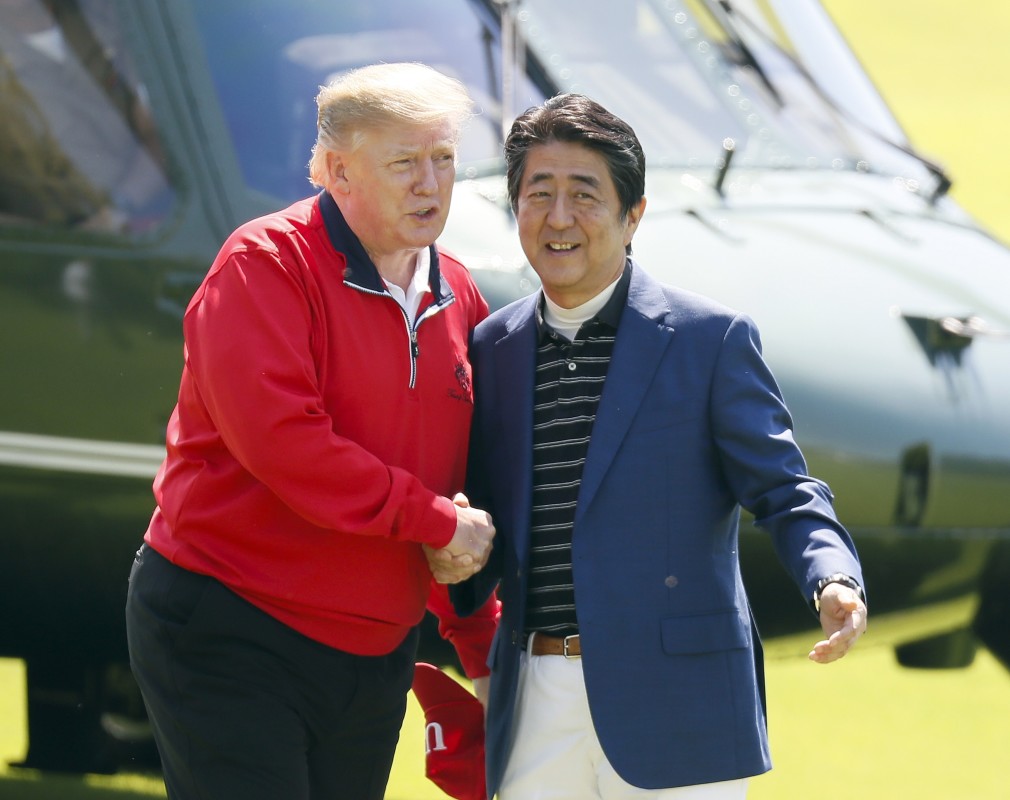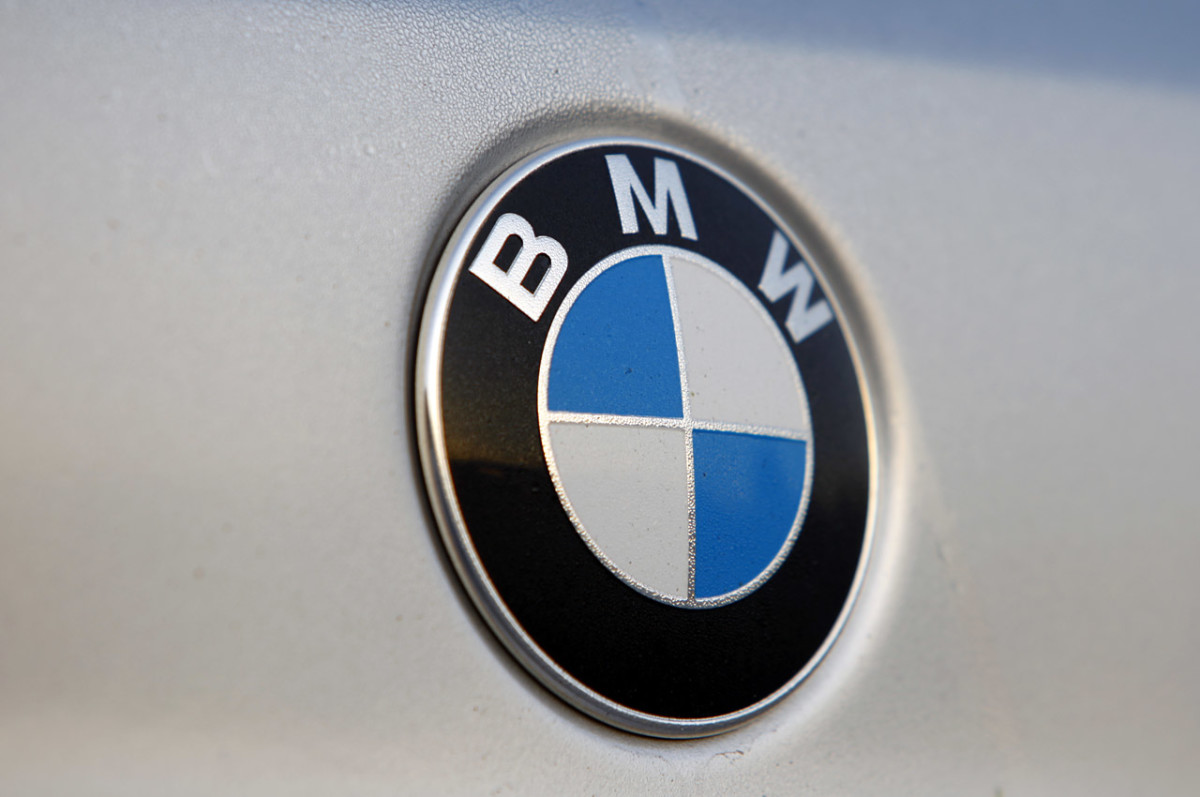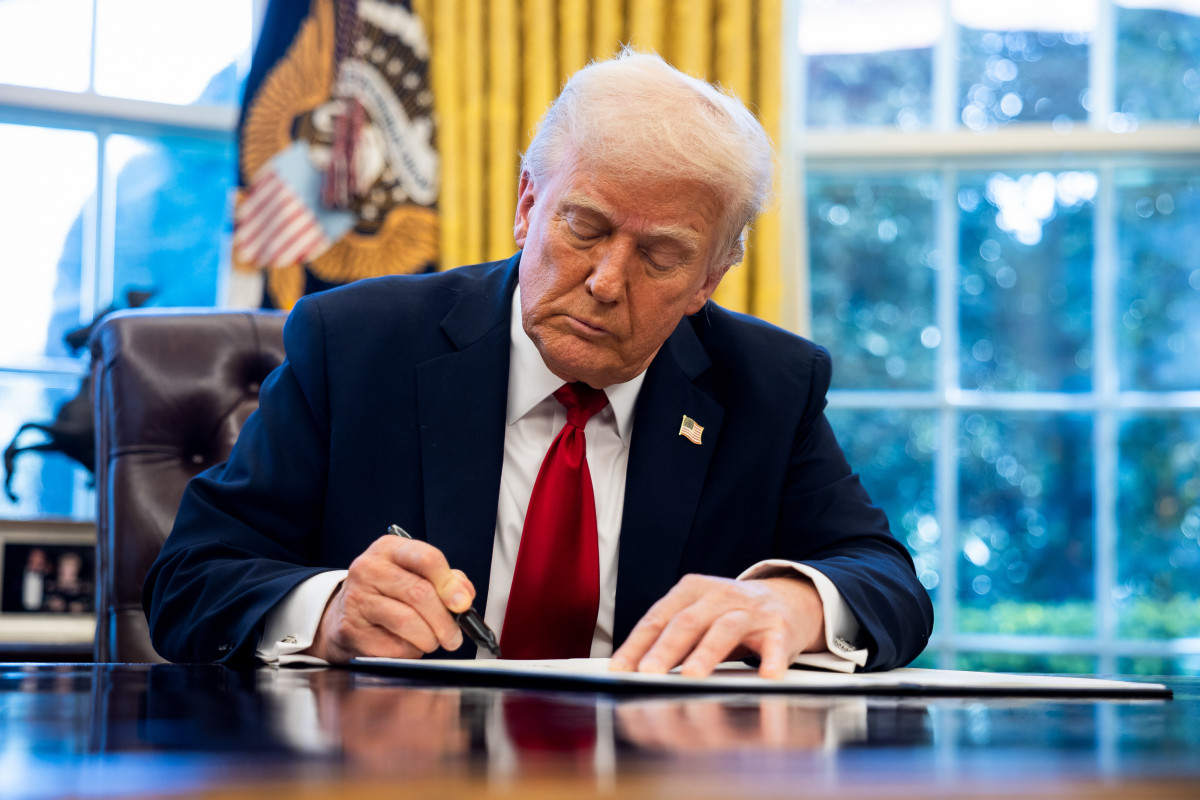The U.S. will lower tariffs on Japanese automobiles and auto parts to 15% starting today, September 16, 2025, down from the previous 27.5% rate. The move is part of a broader trade realignment between Washington and Tokyo, and one that could reshape competitive dynamics across the global auto industry.

Why It Matters
This isn’t just about easing sticker prices for Toyota and Honda buyers. It’s also a geopolitical calculation. The Biden–Trump tariff era had seen duties swing wildly, leaving automakers scrambling to plan around unpredictable costs.
Now, Japan secures relief just as Mexico raised tariffs on Chinese cars to 50% to protect its local industry and align more closely with U.S. trade priorities. The two moves together show how tariffs are being wielded not just for revenue, but as tools to push global supply chains into politically acceptable channels.

Winners and Losers
Japanese automakers are obvious winners. Lower duties mean more flexibility to keep pricing competitive in the U.S., and the cut could strengthen their foothold against rivals. Trump’s tariff deal has already been described as giving Japanese brands a clear edge over their European competitors, who remain under higher U.S. tariff pressure.
The losers? Likely European brands like BMW and Mercedes, still caught in a tariff bind. Their costs remain higher, and unless Brussels strikes a deal with Washington, German and French automakers risk losing more ground in a market where affordability is already under strain.
Automaker Maneuvering
Automakers outside Japan aren’t standing still. Volkswagen, for example, has been negotiating its own arrangement with Washington, pledging $10 billion in U.S. investments to secure tariff exemptions. Moves like this underscore how trade policy is directly influencing corporate strategy: invest locally or risk being priced out.

What Comes Next
The tariff cut is seen as a win-win, relief for Japanese automakers and possible lower prices for U.S. buyers. But it also raises the stakes for Europe and China, which now face growing tariff pressure in the American market. With Mexico hardening its stance on Chinese imports and the U.S. selectively rewarding favored trade partners, the global tariff landscape is being redrawn in real time.
These moves mark not just tactical trade adjustments but a broader reordering of alliances and rivalries in the auto and manufacturing sectors. The next few months will be critical in determining whether the shifting policies stabilize trade flows and encourage investment, or instead trigger a new wave of retaliatory measures that could escalate tensions and unsettle global markets.
from Autoblog News https://ift.tt/xmfsl5Z



0 Comments